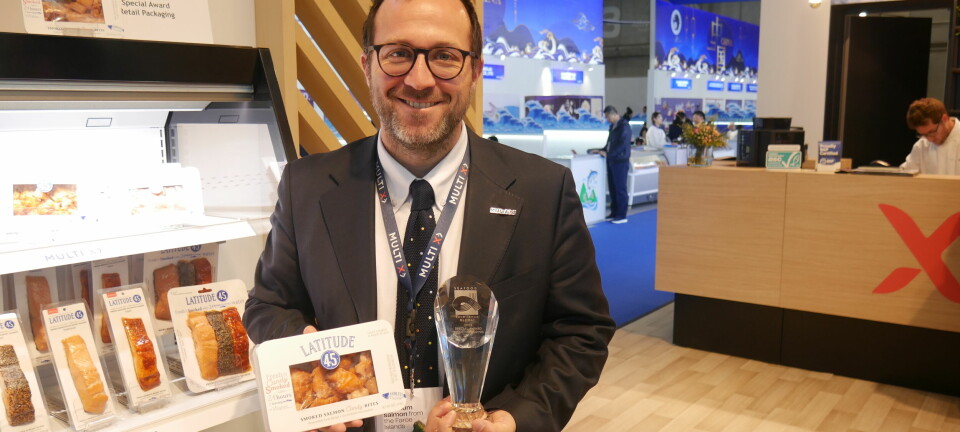Aquaculture can learn from oil industry
Øyvind Sjøthun Røen and Rob Fletcher
Ulriksen had been Chief Operations Officer of Pinovo, an innovative company in the oil industry for the last three years, but has considerable experience of the aquaculture sector too, having served as director of development for Ocea as well as working for Aquasmart and Arena.
“I have worked many years in the industry, and I understand very well the challenges that exist in farming,” Ulriksen told Kyst.no.
“I will not say a bad word about the oil industry. It was very informative and fun to be there, but I missed the passion that is found in farmers. Most people working in the farming industry live and breathe their job and have a very strong relationship to their industry. Such an environment is very inspiring to work in,” Ulriksen explained.
The Norwegian minister of fisheries, Elisabeth Aspaker, is clear that the seafood industry is key to Norway’s future economic success. She also believes, however, that the industry may have much to learn from the oil industry and Ulriksen concurs with the minister’s assessment.
“The oil industry has in many ways a shared evolutionary history with the aquaculture industry – with rapid growth and increasingly complex installations to handle. However, the oil industry is ten or fifteen years ahead when it comes to how projects should be handled and how problems can be solved. Although nothing is perfect in the oil industry, I think that the aquaculture industry can learn new ways to approach the challenges it faces – something I hope I can contribute to,” says Ulriksen.
Net coatings – for example – have a huge potential for improvement, according to Steen-Hansen. The company told Kyst.no that they've set a goal to create a waterproofing that makes it possible to go an entire production cycle without cleaning the nets.
“The goal is that we will be able to produce an impregnating solution that can stand in the sea as long as it's natural to have a net in the sea, without cleaning being required,” says Ulriksen.
The company has set a goal to have a solution ready by the end of 2016.
“We’ve started work on an alternative prescription that has the potential to work, but it takes time to get a good, clear answer because it depends on the season and the result of large-scale tests. Despite this, we have a timeline that suggests we will have such a product on the market by the end of 2016,” he says.
In addition to aiming to produce an impregnation that allows nets to stand in the water all season, Steen-Hansen has also set a goal of finding organic biodegradable biocides that can act as a greener alternative to the current impregnation solution.
“Products that are available to farmers today have some negative aspects in environmental side. With an increasing focus on sustainable and environmentally sound farming, and the ASC’s new environmental standard on the cards, it is important for us to be ahead of the game,” says Ulriksen.




















































